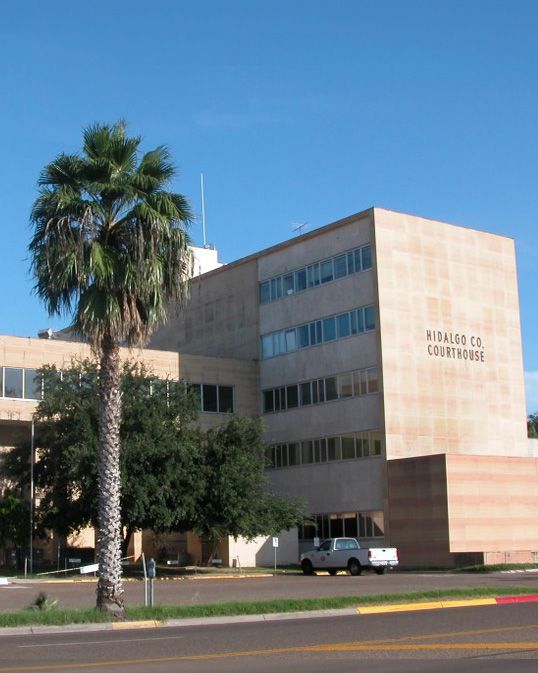What Are Common Elevator/Escalator Injuries and How Can They Be Prevented?
LAW BLOG •
Elevators and escalators pose a slew of potential hazards to visitors. From malfunctioning electrical equipment to loose elevator carpeting, property owner negligence can lead to any number of dangerous conditions. Texas premises liability laws protect citizens in these situations with standards of care the law imposes on property owners. When property owners fail in these duties, they invite a variety of liability issues. Learn the most common elevator and escalator injuries and how to prevent them.
Slip, Trip, and Fall Injuries
The most common elevator and escalator accidents involve slips, trips, and falls. The elderly are especially at risk of elevator injuries, with more than 2,600 older adults visiting emergency rooms every year for this reason. More than half (51%) of these visits result from slip, trip, and fall accidents. Escalators also pose a threat to the elderly, who often have balance or vision issues that make escalators dangerous.
Slip, trip, and fall accidents are a preventable type of injury. While in many cases the injured party might be partially responsible for failing to recognize a hazard, negligent property owners are often the root cause of these accidents. Lack of proper signage warning people of slip, trip, and fall hazards such as wet floors or dangerous elevator thresholds contributes to the number of unsuspecting citizens suffering injury. Another example of negligence that could lead to a slip, trip, and fall injury is failure to properly maintain escalator and elevator equipment. An escalator coming to an abrupt halt, for instance, could make users fall down the staircase.
Common slip, trip, and fall injuries include bruises, sprains, and fractures. In severe accidents or those involving the vulnerable elderly, these injuries could be life threatening. A skull fracture and brain injury, for example, could lead to coma and death. Property owners can prevent slip, trip, and fall escalator and elevator injuries by training employees to react swiftly to spills, posting signs warning users of known hazards, and maintaining equipment regularly.
Caught In or Between Injuries
Escalators and elevators have large moving parts that pose a threat of caught in or between injuries, such as crush injuries and amputations. About one-third of elevator-related injuries result from the elevator door closing on a user. Individuals in a hurry may stick their arms or legs in an elevator door to prevent it from closing. Unfortunately, this can lead to harmful caught in or between injuries.
More than 120 billion people use elevators each year in the United States. Owners of properties with elevators have a duty to protect each individual who enters the elevator. Crush injuries and amputations related to elevators often result from the user sticking a limb in the closing doors. Escalators also pose a caught in or between risk at the points of entrance and exit. A poorly maintained escalator may have a worn belt or dangerous gap between the moving parts and the walking surface. Property owners can help prevent these accidents by painting the entrance and exit a bright color.
Defendants commonly argue that an injured party should have paid more attention to his or her surroundings. In Texas, an injured party can still receive compensation even if he or she was partially at fault for an elevator or escalator accident. Texas’ modified comparative negligence rules allow a party to take home a partial award as long as the court finds him or her less than 51% responsible. This is important as many premises liability accidents are partially the fault of the plaintiff.
Elevator and escalator accidents can be incredibly traumatic, both physically and psychologically. Users, especially the elderly, may never fully recover from injuries they sustain in elevator or escalator accidents. Property owners can prevent most of these harmful accidents with the proper care.
The post What Are Common Elevator/Escalator Injuries and How Can They Be Prevented? appeared first on GES Injury Attorneys.
Every state limits the amount of time you have to file a claim.
Don't Delay.
Contact the Attorneys at Gordon & Elias, LLP Today to preserve your right to a recovery.
Contact Us
We will get back to you as soon as possible.
Please try again later.
100% FREE CASE EVALUATION
Free Consultation • No Fee If No Recovery



